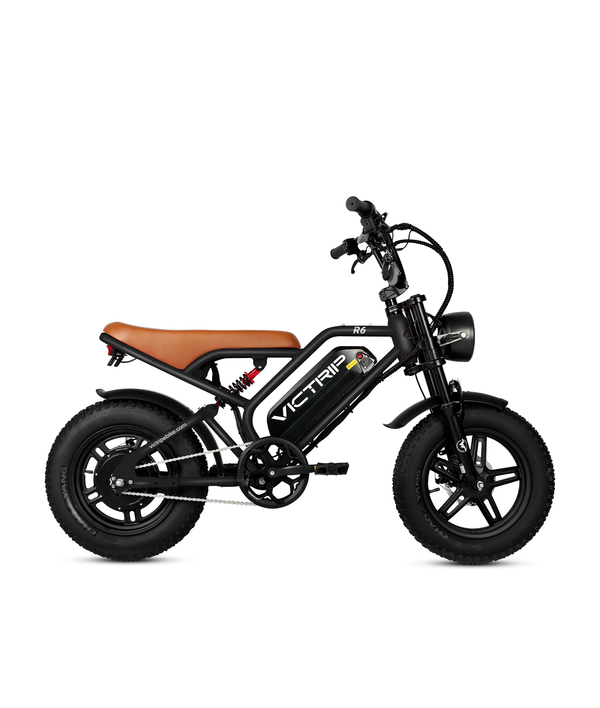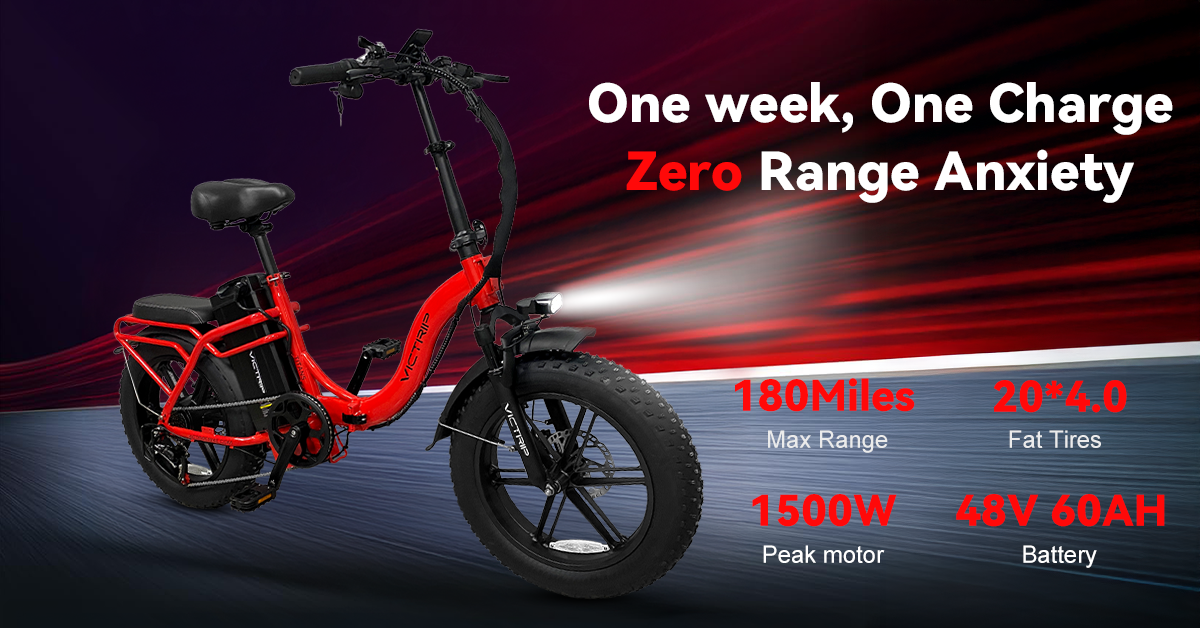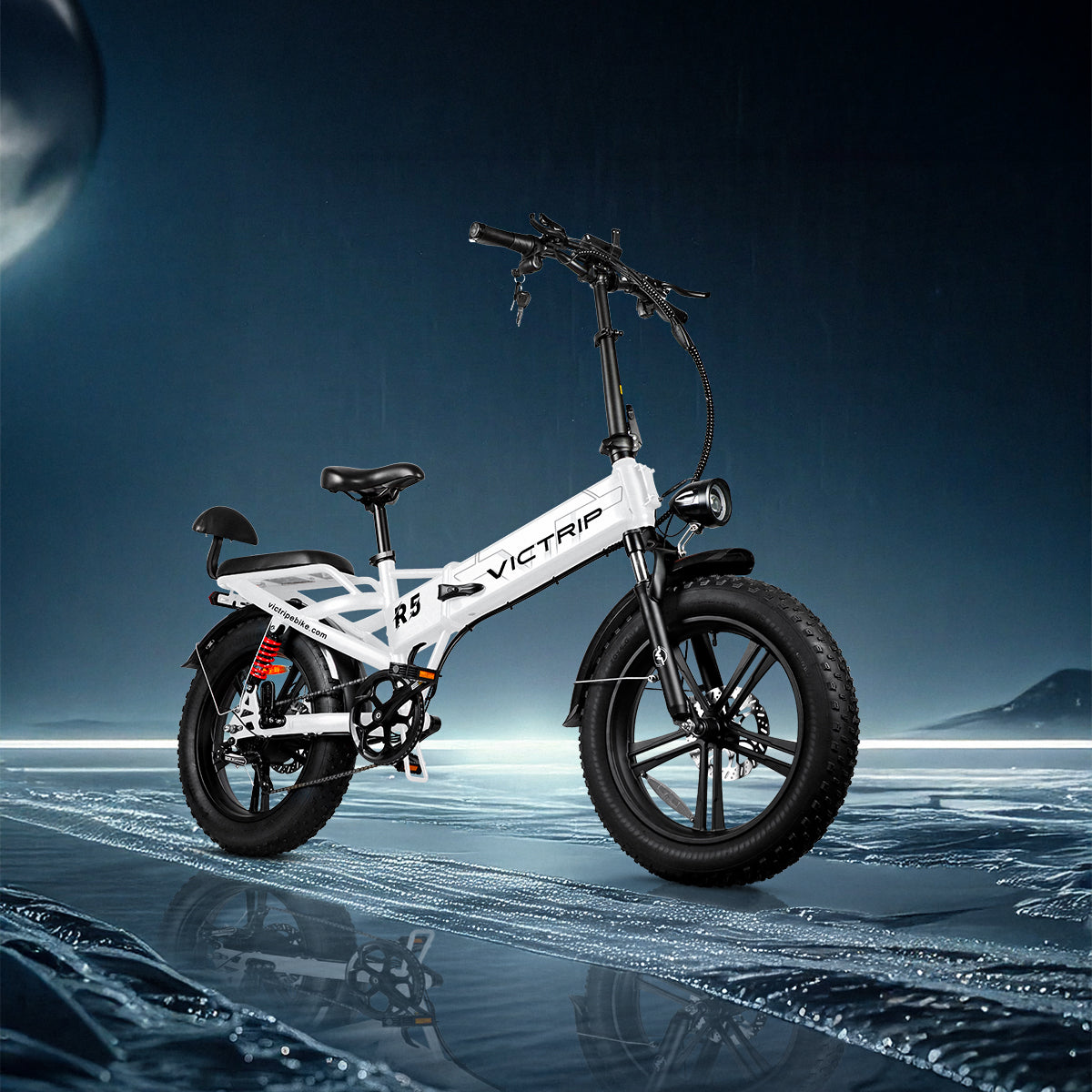A Class 3 electric bike—also known as a “speed pedelec”—is a type of ebike that provides pedal assistance up to 28 mph (45 km/h) but typically doesn’t include a throttle. Unlike traditional bicycles, Class 3 ebikes are designed for commuting and high-speed riding while still requiring the rider to pedal. They're popular among urban riders and those with longer commutes.

These bikes strike a balance between speed and safety, making them a smart choice for serious cyclists who want electric assistance without sacrificing performance.
Understanding Ebike Classifications
Electric bikes in the U.S. and many other countries fall into three core classes:
| Class | Max Assisted Speed | Throttle | Typical Use |
|---|---|---|---|
| Class 1 | 20 mph | No | Paths, roads |
| Class 2 | 20 mph | Yes | Versatile use |
| Class 3 | 28 mph | No (usually) | Commuting, streets |
This classification system was designed to ensure consistency in regulations and help consumers understand which bikes can be used where.
Class 3 Ebike Specifications
A Class 3 ebike typically includes:
-
Pedal-assist system only (PAS)
-
Motor size up to 750 watts
-
Speed limit capped at 28 mph (45 km/h)
-
No throttle in most cases (some regions allow a throttle up to 20 mph)
They often include higher-end components like:
-
Hydraulic disc brakes
-
Digital displays
-
Integrated lights
-
Larger-capacity batteries
These bikes are built to handle higher speeds safely and comfortably.
Legal Definition of Class 3 Ebikes
According to the PeopleForBikes three-class model legislation, a Class 3 ebike is defined as a bicycle equipped with:
-
A motor that assists only when pedaling
-
Assistance that ceases once the bike reaches 28 mph
-
A speedometer to track how fast you’re going
Many U.S. states have adopted this model. Europe has a similar classification called L1e-B for ebikes that go over 25 km/h.
Speed Capabilities of Class 3 Ebikes
Class 3 ebikes offer the highest legal speed among consumer electric bikes in most areas.
-
Pedal-assist only: Motor stops assisting after 28 mph
-
Can go faster downhill, but motor won’t push beyond the speed cap
-
Riders often average 22–28 mph in traffic
These bikes are ideal for keeping up with city traffic and reducing commute times.
Read More: Ebike Classes: The Difference Between Class 1, 2,& 3.
Motor Power & Throttle Rules
While Class 2 ebikes include throttles, Class 3 bikes usually do not. Most rely entirely on pedal-assist.
-
Motor limit: 750W (US)
-
No throttle above 20 mph even if present
-
Torque sensors provide smoother power delivery
Throttle-equipped Class 3 models may be reclassified in some jurisdictions, so always check local regulations.
Where Can You Ride a Class 3 Ebike?
Unlike Class 1 and 2 bikes, Class 3 ebikes are often restricted from bike paths and multi-use trails.
-
Allowed on roads, bike lanes, and some trails
-
Not permitted on sidewalks or nature trails
-
Check local ordinances, especially for national/state parks
Many municipalities now post signs or maps indicating legal ebike access zones.
Licensing, Age, and Helmet Requirements
Rules for Class 3 ebikes vary by location but often include:
-
Minimum age: 16 years old in most areas
-
Helmet use: Mandatory for all riders in many states
-
No license required in the U.S., but required in parts of Europe
Some areas may require insurance or registration for speed pedelecs, especially abroad.
Class 3 Ebikes vs Other Classes
| Feature | Class 1 | Class 2 | Class 3 |
|---|---|---|---|
| Max Speed | 20 mph | 20 mph | 28 mph |
| Throttle | No | Yes | No (usually) |
| Use Case | Casual riding | Flexible commuting | Fast commuting |
| Bike Path Access | Yes | Yes | Restricted |
Class 3 ebikes are the best for riders who prioritize speed, commuting efficiency, and road compatibility.
Who Should Choose a Class 3 Ebike?
Class 3 ebikes are ideal for:
-
Urban commuters looking to replace their cars
-
Fitness-minded riders who want faster workouts
-
Long-distance cyclists who need extended speed support
-
Delivery riders in cities
If you're seeking speed without moving to a motorcycle, a Class 3 ebike is your sweet spot.
TOP PICK

VICTRIP®R6 Off Road Ebike
Safety Features on Class 3 Ebikes
Because they move faster, Class 3 ebikes come with enhanced safety features:
-
Hydraulic or mechanical disc brakes
-
Integrated LED lights (front and rear)
-
Reflective tires
-
High-quality suspension forks
-
Speedometers
These ensure you're seen, can stop quickly, and remain stable at higher speeds.
Range and Battery Life Expectations
Class 3 ebikes use higher voltage battery packs, which offer:
-
Range: 25 to 60+ miles per charge
-
Battery: 500Wh to 1000Wh
-
Charge time: 3–6 hours
Factors like rider weight, terrain, and wind can affect performance. Many models include regenerative braking to extend range slightly.
How to Choose the Right Class 3 Ebike?
Before purchasing, consider:
-
Commute distance & terrain
-
Motor type (mid-drive vs hub)
-
Weight & portability
-
Battery range
-
Accessory compatibility (racks, fenders, etc.)
-
Warranty and customer support
Test ride several models if possible and read verified user reviews.
Class 3 Ebike Maintenance Tips
Maintaining a Class 3 ebike is similar to traditional bikes but with added electrical checks:
-
🔧 Check brake pads regularly
-
⚡ Monitor battery health
-
🔄 Inspect motor connectors and wiring
-
🚲 Keep tires inflated to spec
-
💧 Avoid high-pressure water near electronics
Schedule professional servicing every 1,000–2,000 miles for optimal performance.
Environmental and Financial Benefits
Riding a Class 3 ebike helps the planet and your wallet:
-
Zero emissions during operation
-
Low charging costs (~$0.05–$0.10 per charge)
-
No gas, parking, or insurance bills (in most cases)
-
Replaces short car trips, reducing traffic congestion
-
Encourages outdoor fitness
It’s a practical solution for a sustainable future.
Conclusion
Class 3 ebikes offer an exceptional blend of speed, reliability, and eco-friendliness. Whether you’re commuting daily, riding for fitness, or replacing your car, these bikes can revolutionize the way you move through the world. Make sure to follow your local laws and pick a model that aligns with your lifestyle and needs.
FAQs
Can a Class 3 ebike have a throttle?
No, most Class 3 ebikes do not have throttles. Some allow throttles up to 20 mph but may be subject to local restrictions.
Is a helmet required for Class 3 ebikes?
Yes, helmets are mandatory in most states and recommended at all times due to the bike's higher speed.
Can you ride a Class 3 ebike on a bike path?
Generally, no. Class 3 ebikes are restricted from multi-use trails and bike paths unless local laws allow it.
How fast is a Class 3 ebike compared to a regular bike?
A Class 3 ebike can maintain 28 mph, much faster than most cyclists’ natural pace of 10–15 mph.
Are Class 3 ebikes legal everywhere?
They’re legal in most U.S. states, but always check local laws, especially in parks or shared public areas.














Share:
750W E‑Bike Speed Guide: How Fast Can It Really Go?
Fat Tire E-Bikes Vs. Thin-Tire E-Bikes: Choosing the Right Ride